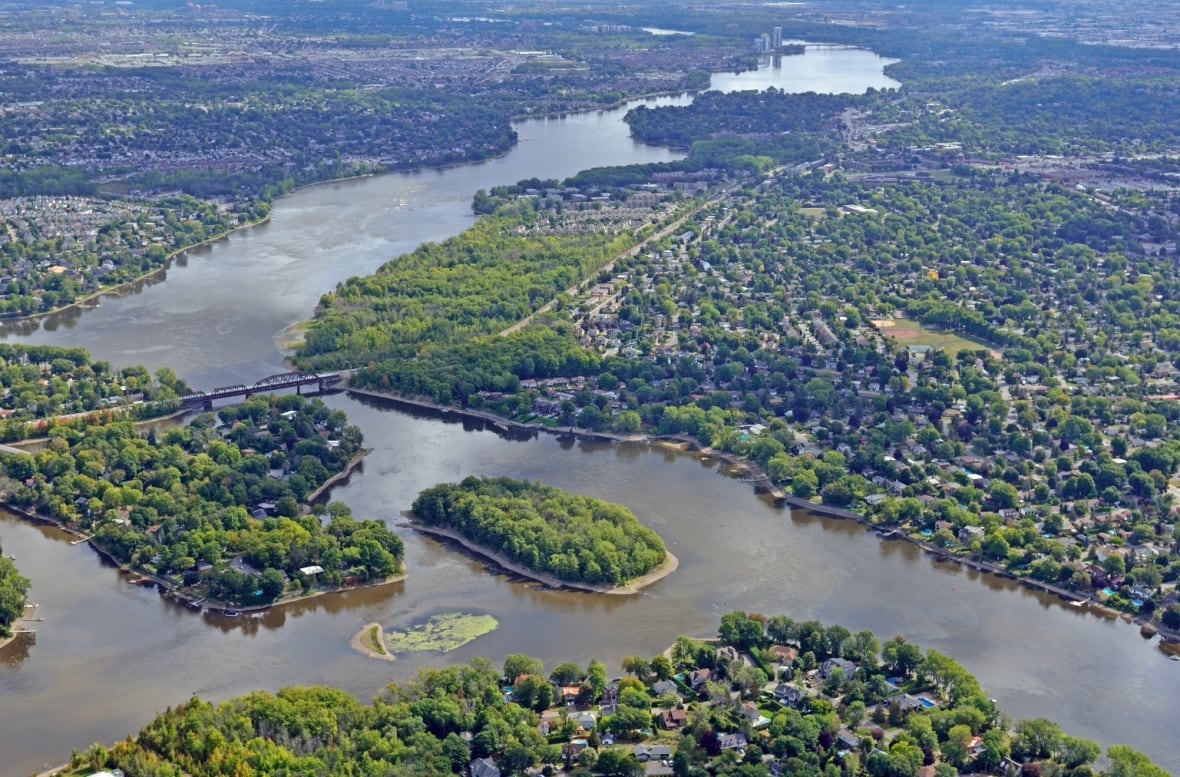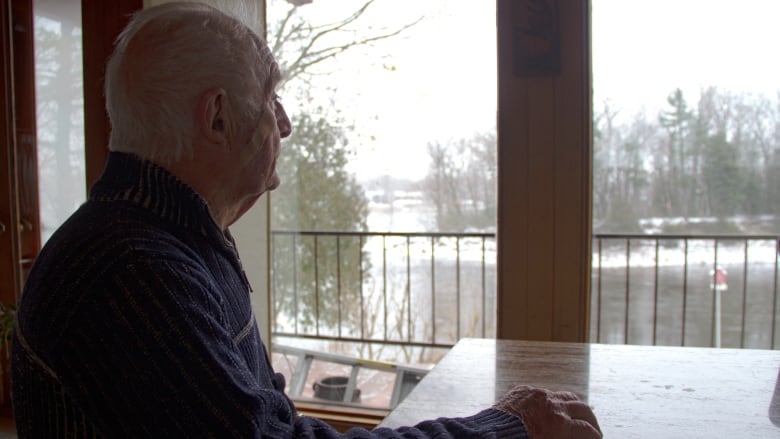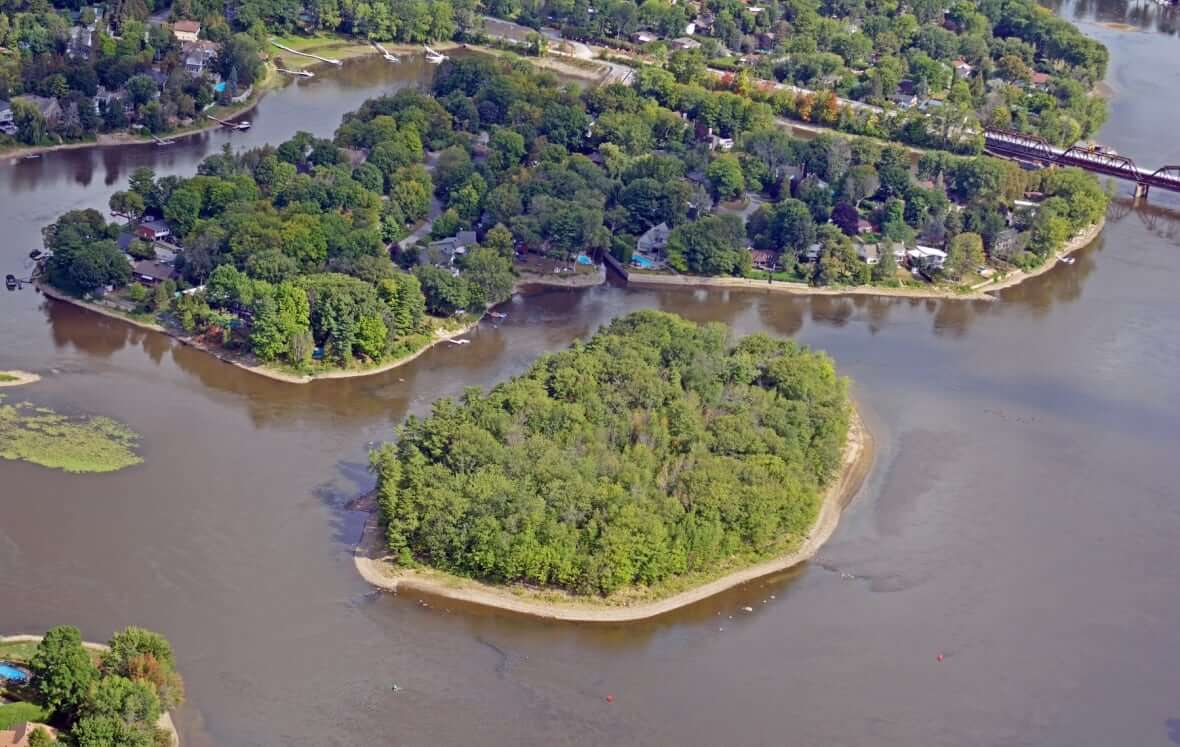- Good Stuff -
- 4mins -
- 404 views
93-year-old man donates the Canadian island he protected for decades
Quebec entrepreneur Thor Vikström has signed over stewardship of the island he has protected from development since the 1960s to Nature Conservancy of Canada, who will protect Île Ronde habitat for birds and vulnerable turtle species in perpetuity.
Nature Conservancy of Canada to protect natural oasis surrounded by cities
The Nature Conservancy of Canada (NCC) is protecting another natural area between Montreal and Laval. Thanks to a generous land donation by Thor Vikström, Île Ronde, a three-hectare island on the Rivière des Prairies, is now conserved for the long term.

The gift of a natural treasure, say NCC
Nature lover and sportsman, Thor Vikström had a desire to create a natural legacy for future generations, by trusting NCC with the stewardship of his family’s land.
The Vikström family, originally from Sweden, moved to Canada in the 1960s and took care of this island for half a century. Thanks to their good stewardship and respectful land use, the island has remained in its natural state, amid decades of urban growth around it. The Vikström family is very involved in the protection of Quebec’s precious wildlife. In addition to being donors to NCC, they support Ducks Unlimited Canada.
Source: NatureConservancy.ca

This haven of biodiversity deserves best practices
This acquisition increases the number of protected areas in the region and improves habitat for many of the species found here. Of note, shagbark hickory, a tree species that is likely to be designated as threatened or vulnerable in Quebec, will be protected by this acquisition. There is also a wetland suitable for fish and amphibian reproduction here.
Map turtles, a species listed as being of special concern at the federal level and vulnerable in Quebec, frequently use the natural shores of this island, which provide it with a resting place safe from disturbance. Sites such as these are becoming increasingly rare for this species, which is present in the most densely populated region in Quebec.
Waterbirds and several species of waterfowl, such as Canada goose, wood duck, gadwall, black duck, American wigeon and common merganser, are frequently seen in this area. Several fish can be found in the waters of the Rivière des Praires, including burbot, northern pike, yellow perch, bowfin, largemouth bass and black crappie. The conservation of undisturbed shorelines helps ensure the water quality that these fish require.
By maintaining a strip of natural vegetation on their shore, waterfront landowners can help restore shoreline quality for species and increase biodiversity. Shorelines have been heavily modified over the past century, but fortunately nature is resilient! A few simple actions, such as leaving dead wood in place, planting native vegetation and controlling invasive exotic species, can make a difference.
Source: NatureConservancy.ca

Quebec entrepreneur donates cherished island
For most of his adult life, Thor Vikström has watched the seasons change and the birds come and go from the small Quebec island he’s owned that sits opposite his riverside home in Laval, Que.
At 93, he says he’s at peace knowing the land — nestled between Montreal and Laval — will remain protected long after he’s gone now that he’s donated it to the Nature Conservancy of Canada.
Called Île Ronde, the seven-acre island is a nearly untouched habitat in the middle of an urban centre. It sits in the middle of Rivière-des-prairies, near Lake of Two Mountains, where the Ottawa and St. Lawrence rivers meet.
Wedged between two major cities, it’s easy to miss. But its forest and marshland are teeming with biodiversity.
As urban development in the area progressed over the years, many of the surrounding shores were built up — but the island has remained in its natural state.
Source: CBC.ca

Vikström refused to let city sprawl onto his treasured island
Vikström has owned and cared for the land since the late 1960s, when he built his family home in Laval and fell in love with his view of the island. He convinced its former owner to sell, so he could keep it untouched.
His recent donation ensures it will be protected for generations to come.
As an entrepreneur in the hydraulics industry, Vikström was in the business of building up; he was even consulted on the construction of the CN Tower.
But he has refused to let city sprawl onto his treasured island. Though an incessant stream of developers knocked on his door over the years, asking him to sell, Vikström turned them all away.
As Canada works toward its goal of protecting 30% of land and water by 2030, Vikström said he is glad to have played a part.
Île Ronde, with its natural shoreline, is particularly great news for the turtles, which are sensitive to human activity. The island is also home to a unique tree species, called the shagbark hickory, as well as a variety of waterbirds, including wood ducks, American wigeon, and gadwall.
Source: CBC.ca

